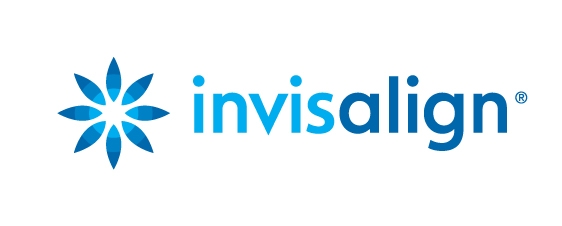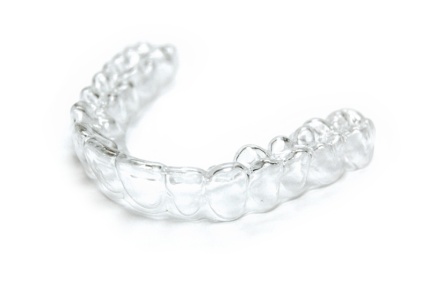Halitosis, or bad breath, affects more than 80 million people in the United States. In most cases, people with bad breath aren’t even aware of the problem. Halitosis has a significant impact, both personally and socially, on those who suffer from it. If you think that you suffer from bad breath, Dr. Ngo can help determine the source of the odor.
If Dr. Ngo believes that the problem is caused from a systemic (internal) source, such as an infection, she may refer you to your family physician or a specialist to help treat the cause of the problem.
What causes bad breath?
Typically, bad breath originates in your gums and tongue. It is caused by waste from bacteria in the mouth (typically called periodontal disease), decayed food particles, other debris in your mouth, and bad oral hygiene. The decay and debris produce a chemical compound that causes the unpleasant odor. Bad breath may occur in people who have a medical infection, diabetes, kidney failure, or a liver malfunction. Even stress, dieting, snoring, age, and hormonal changes can have an effect on your breath. Xerostomia (dry mouth) and tobacco also contribute to the problem.
What is morning breath?
Saliva is the key ingredient in your mouth that helps keep odor under control because it helps wash away odor-causing food particles and bacteria. When you sleep, however, salivary glands slow the production of saliva, allowing bacteria to grow inside the mouth, which causes the bad odor, or “morning breath.” To alleviate morning breath, brush your teeth and eat a morning meal. Morning breath also is associated with hunger or fasting. If you skip breakfast, the odor may reoccur—even if you’ve brushed your teeth.
Do certain foods or drinks cause bad breath?
Very spicy foods, such as onions and garlic, and drinks like coffee may be detected on a person’s breath for up to 72 hours after digestion. In addition, certain diets, especially ones that eliminate carbohydrates, increase the chances of halitosis.
How can I control bad breath?
Visit Dr. Ngo regularly because checkups will help detect any systemic causes. Checkups also help to get rid of the plaque and bacteria that build up on your teeth. It is important to practice good oral hygiene, including brushing and flossing your teeth at least twice a day to remove bacteria, plaque, and food particles. To alleviate odors, clean your tongue with your toothbrush or a tongue scraper (a plastic tool that scrapes away bacteria that builds on the tongue).In addition, be sure to drink plenty of water. Try chewing sugar-free gum that contains xylitol—it also may help control odor. If you have dentures or a removable appliance, such as a retainer or mouthguard, clean the appliance thoroughly before placing it back in your mouth. Before you use mouthrinses or deodorizing sprays or tablets, talk with Dr. Ngo, because some of these products do little to eliminate bad breath. Instead, Dr. Ngo can recommend products that have proven successful.
For more oral health tips, talk to Dr. Ngo or visit KnowYourTeeth.com. Brought to you by the Academy of General Dentistry (AGD)
Focus Dental is conveniently located on the corner of Jupiter Rd and Campbell Rd in the Campbell Park Shopping Center at 3443 W Campbell Rd, Ste 650 Garland, TX 75044. So if you are in the Garland, Richardson, Dallas, Plano, Murphy, Sachse, Wylie or surrounding areas in Texas we can help you with your family’s anxiety-free dentistry, fillings, braces, dentures, dental implants, and cosmetic dental needs.


